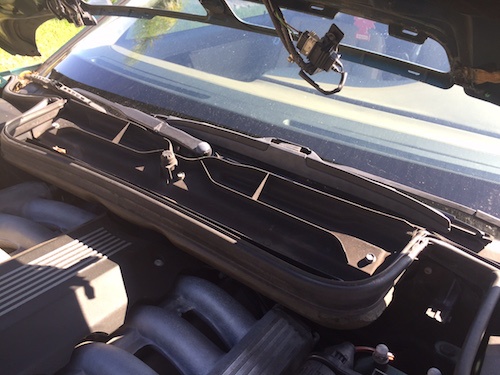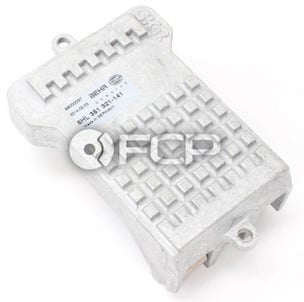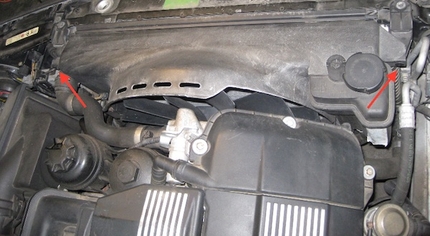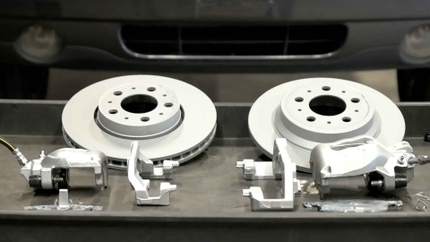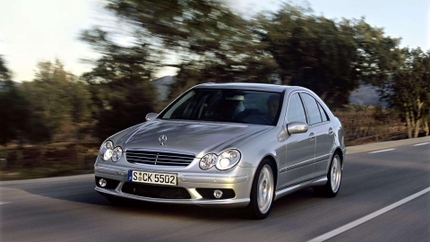- 01/27/2017
- 1 Min Read
- By: Bryan McPhail
How to Diagnose BMW/Mercedes Blower HVAC Problems
Not having air blowing in the cabin, either from AC or heating, is usually electrical in nature and can be quickly narrowed down to either fuses, the control module, or the blower motor. Fuses are easy to check of course, but control modules can be tougher as they are somewhat of a black box. You usually can't get any information out of a generic OBD-II reader, but the specialized readers such as Mercedes Star, or BMW CarSoft/INPA, will give you AC diagnostic information on most cars going back to the mid 90s. More modern cars may have built in diagnostics. On the W220 Mercedes you can hold the REST and air re-circulation button for 5 seconds with the engine running to enter a hidden diagnostic menu.
9 times out of 10 though no air means the blower motor has failed. There are really two parts to the blower motor - the actual motor that spins a fan/cage, and the electronics that control it, which is essentially a voltage regulator. For Mercedes the part is usually called a 'regulator', for BMW the term is usually 'final stage unit', or 'FSU', but sometimes also 'blower motor resistor' or even 'sword' as the unit on the older cars has a long metal heatsink that physically looks like a sword!
Mercedes
Accessing the motor and regulator is the next step - use a volt-meter to check for a voltage at the motor terminals. 12V DC at the regulator input, but nothing at motor is a good sign the regulator has failed. Voltage at motor (expect 1V-6V rather than 12V) but no movement is a good sign the motor itself has burned out. In some cases you can double check the motor by applying a voltage directly after disconnecting the regulator. The Mercedes W220 motor works on a 6V peak, so see if it turns when you apply 6V to the terminals (for example, from a 6V battery charger). Do double check the specs of your particular motor before trying this though, and don't risk it if unsure.
You can test many Mercedes blowers independently of the regulator at the 2 pin terminal:

BMW
Access to the motor in many BMWs, particularly older ones, is through the hood, and especially on older 5, 7 & 8 cars is a real pain. Worst case, you could expect up to 8 hours of labor to have a dealer swap out the motor. On some engines you actually have to remove the fuel rail to make enough space to remove the assembly as well as the windshield wiper motor assembly. Mercedes is more civilized, with many models have access via the passenger side footwell. Although you may have to stand on your head to access some of the screws, the assembly can be dropped out in only 30 minutes and from there easy to bench test both the regulator and motor.
Air intakes to the blower are through the rear hood grilles. In some cases, the air intakes, charcoal filters and wiper assembly needs removed:
